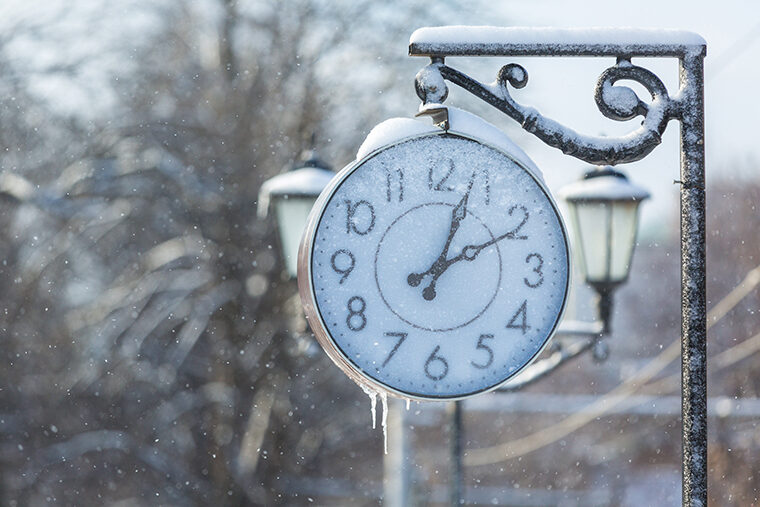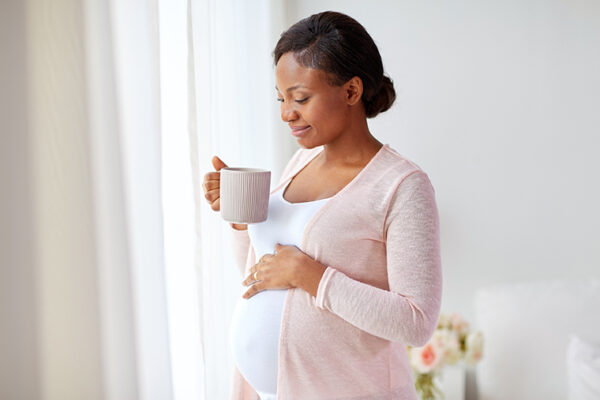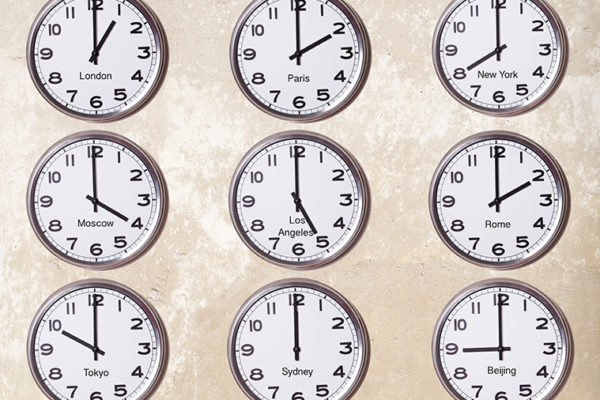Don’t be left in the dark: The movement to abolish clock-time changes each spring and autumn is gaining momentum.
Enthusiasts point to examples from sunny locales. Hawaii has never switched between daylight saving time (DST) and standard time. The state keeps one clock throughout the year, and so does most of Arizona. In 2018, Florida officials approved the “Sunshine Protection Act,” an initiative to stay on DST regardless of what the rest of the east coast does. Also in 2018, voters in California approved the Proposition 7 ballot initiative that paves the way to abandon “spring forward” and “fall back.” It isn’t merely a stateside issue, either: The European Union is contemplating a similar change to eliminate the back-and-forth.
With all the warm energy behind the crusade, it may come as a surprise that experts in biological rhythms are actually stumping for a permanent winter.

“The scientific evidence presently available indicates that installing perennial standard time — or ‘wintertime’ — is the best and safest option for public health,” said Erik Herzog, professor of biology in Arts & Sciences at Washington University in St Louis and president of the Society for Research on Biological Rhythms.
“Epidemiological studies indicate increased risk of things like heart attacks, car accidents and sick days following the ‘spring forward’ to daylight saving time,” Herzog said. “Remarkably, these elevated risks last for about three days after we advance our clocks by an hour.
“The ‘fall back’ results in reduced risks, but only for about a day. So switching is a net negative.”
What Herzog is saying is that sticking to one time convention — that is, abandoning clock-switching entirely — makes public health sense. Further, we should be picking the wintertime convention of standard time that offers more morning light exposure in the winter, and less evening light exposure in the summer.
“The evidence indicates people get more sleep and better follow the seasonal changes in lighting during standard time,” Herzog said. “Staying on standard time, and getting morning light, appears to help us synchronize our daily body clock to local time. People will sleep earlier relative to their work and school times and need their alarm clocks less.”
Throughout the year, staying on standard time will be healthier than daylight saving time in terms of sleep, cardiac function, weight, cancer risk and alcohol and tobacco consumption, according to materials shared by the Society for Research on Biological Rhythms.
Herzog is an expert on circadian rhythms. His research group recently published a paper on how light resets the circadian clock in mammals.
So on Sunday morning, March 10, waking up for the first time after the clock rolls forward at 2 a.m. local time, remember that the collective jet-lag feeling you are experiencing is totally optional.
“Switching to daylight saving time challenges us to shift our daily schedule without the help of a change in the local light cycle,” Herzog said.




Comments and respectful dialogue are encouraged, but content will be moderated. Please, no personal attacks, obscenity or profanity, selling of commercial products, or endorsements of political candidates or positions. We reserve the right to remove any inappropriate comments. We also cannot address individual medical concerns or provide medical advice in this forum.